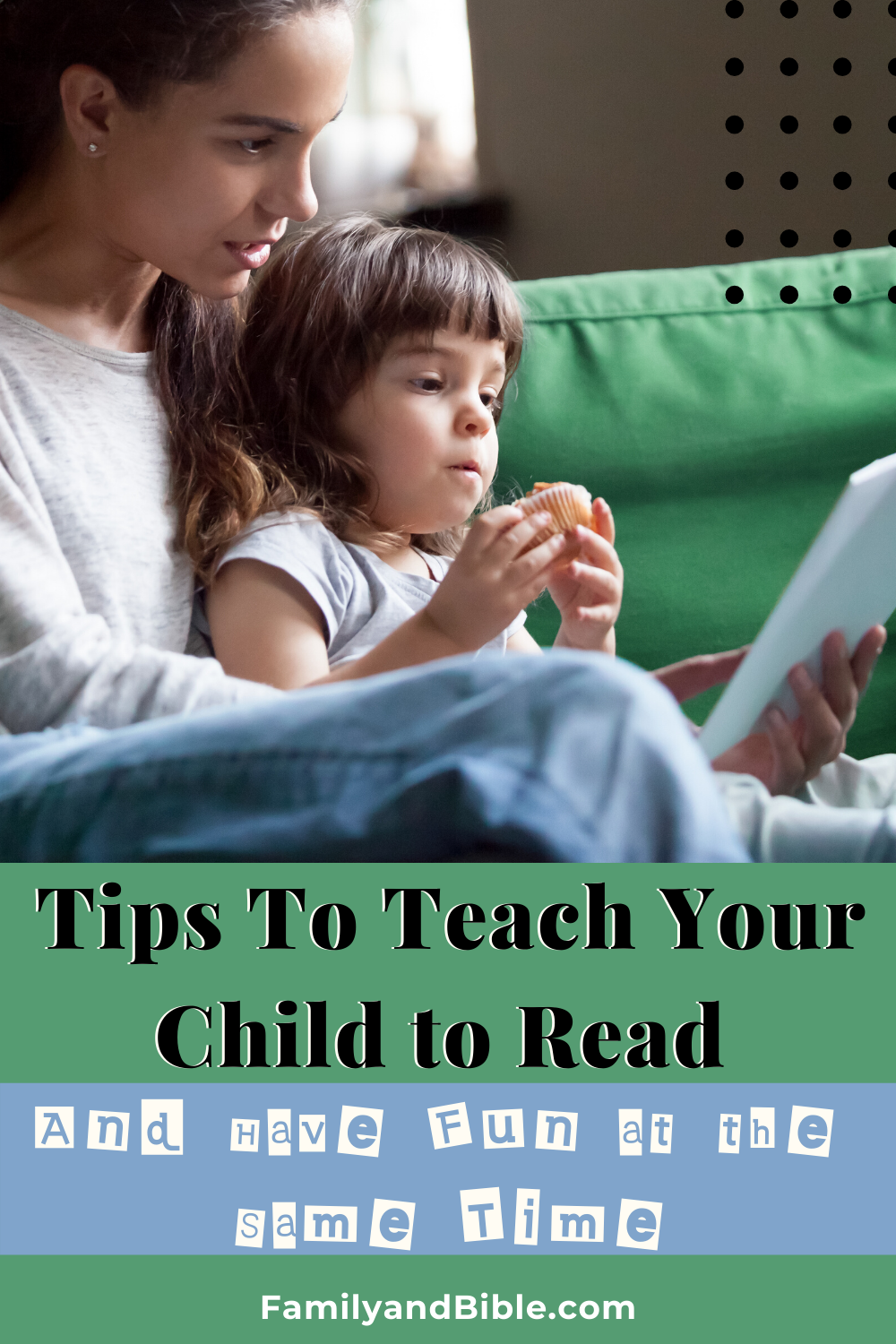By ChildrenLearningReading.com
If you are considering to teach your child to read at an early age, you are off to a great start. Learning to read at a young age is important for the development of any child. because it helps them to gain a better appreciation of their surroundings, lets them pick up information from books and other printed materials. As a result, it provides them with a great source of entertainment through reading stories and rhymes.
When we notice children as they grow, we know that kids develop at different rates. Some children develop reading skills faster than their peers. The important thing, though, is that as a parent, you know your child’s maturity and reading level to help them with appropriate books and activities at different stages of the learning process.
As parents, you are the most important teacher for your little ones. As you introduce your child to the skill of reading, we have some tips to help you.
Teach Your Child How to Read Tip #1
It is important to teach the letters and sounds of the alphabet at the same time. Studies show that young children learn best when the letter names and letter sounds are taught together.
There is an interesting study where 58 preschool children were divided into 3 groups and randomly given instructions in letter names and sounds or letter sound only, or numbers (control group).
The results of this study agree with other studies in concluding that kids who received letter name and sound instruction were most likely to learn better.
So when teaching your child the alphabet, help them to slowly trace the letter, while saying the sound of the letter at the same time. For example, if you were teaching your child the letter “A”, you would say:
“The letter A makes the /A/ (ah) sound.” Then have your child say the /A/ sound while tracing the letter with his or her index finger.
How to Teach Your Child to Read Tip #2
Another useful tip is to stress to the child that the correct reading order goes from left to right, and top to bottom. For grown-ups, this is so intrinsic that we think that it is natural. But the fact is that children are not born with the knowledge that printed text in English moves from left to right and top to bottom. When a child is not taught this approach explicitly, sometimes we see them reading from right to left. When teaching your child how to read, always emphasize these reading directions.
Teaching Your Children to Read Tip #3
Another practical tip is to teach the final consonant blends first. For example, teaching words such “at” and “and” can lead your child directly to learning words that rhyme with these. For example, for “at”, you can have:
- Lat
- Pat
- Mat
- Cat
- Sat
- Bat
- Spat
- Chat
For “and”, you can have these rhyming words:
- Sand
- Band
- Land
- Hand
- Stand
- Bland
- Brand
- Grand
and so on…
Once your child learns the sounds of several consonants and short vowel sounds, you can start with the blends. No need to wait till they master the sounds of all the letters.
Even though the art of reading is a relatively long process, it doesn’t have to be a difficult one.
When the learning process is broken down into smaller chunks and intuitive logical steps, children as young as two years can learn to read. And older kids can achieve much more.
A step-by-step program to teach your child how is read that is also easy to follow can be a handy tool for you to help your child learn to ready quickly. More importantly, enjoying the process as they learn.
Click here to watch a video where a 2-year-old child reads by using a simple but highly successful step-by-step program.

This can be a game-changer for you to teach your child to read and have fun.
If you would like us to send you our free printables, let us know your email below to Subscribe to our newsletter!
Ref: J Exp Child Psychol. 2010 Apr;105(4):324-44. Epub 2010 Jan 25. Learning letter names and sounds: effects of instruction, letter type, and phonological processing skill. Piasta SB, Wagner RK. Preschool Language and Literacy Lab, The Ohio State University, Columbus, OH 43210, USA.
